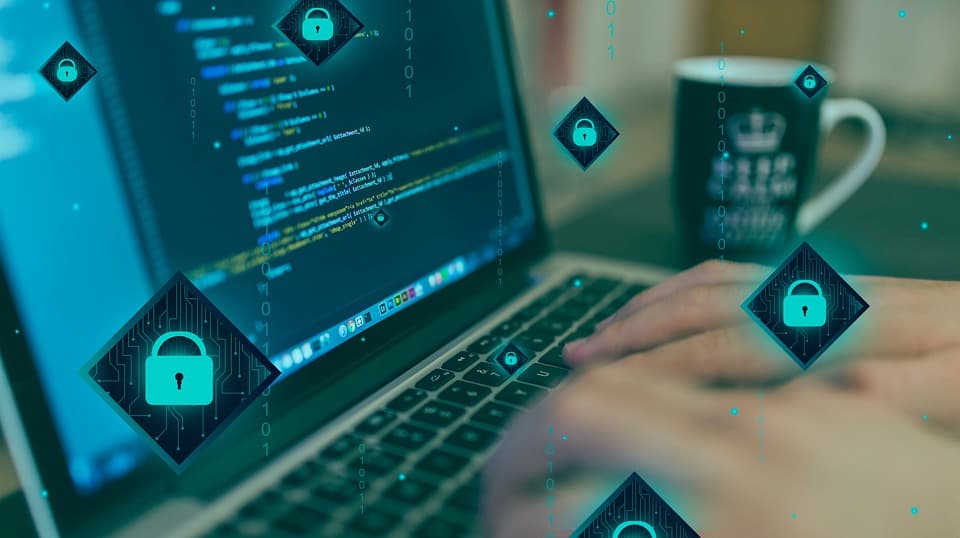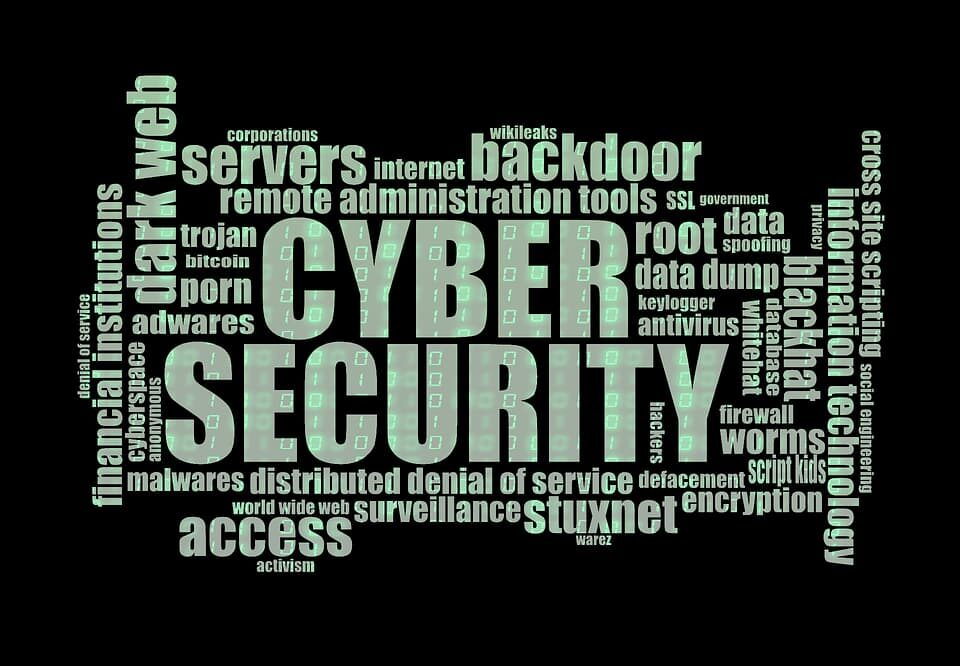As we move into the new year, businesses must start taking cybersecurity more seriously than ever before. With the number of high-profile data breaches increasing year over year, it’s clear that current security measures are not enough to protect against sophisticated and determined attackers.
To help businesses bolster their cybersecurity defenses, we’ve put together a comprehensive checklist of the most important steps to take in 2022-23. By following this checklist, businesses will be in a much better position to defend themselves against the myriad of threats they’ll face in the coming year.
What is Cyber Security?
Cyber security, also known as information technology security, refers to the process of protecting electronic information from unauthorized access or theft. This includes data stored on computers, servers, and mobile devices, as well as in the cloud.
There are many different types of cyber attacks, but some of the most common include:
- Malware: Malicious software, or malware, is any type of code that is designed to damage, disrupt, or gain unauthorized access to a computer system.
- Phishing: Phishing is a type of social engineering attack in which an attacker attempts to trick victims into revealing sensitive information, such as passwords or credit card numbers.
- SQL Injection: SQL injection is a type of attack in which malicious code is injected into a database to execute unauthorized queries.
- Denial of Service (DoS): A denial of service attack is an attempt to make a computer or network resource unavailable to its intended users.
What Are the Most Important Cyber Security Steps for 2022-23?
Step 1: Implement Multi-Factor Authentication (MFA)
Multi-factor authentication (MFA) is a must for any business that wants to protect its data from today’s sophisticated threats. MFA adds a layer of security by requiring users to provide;
- their username and password,
- code from a physical token, or a one-time password (OTP) generated by a mobile app.
By requiring two factors for authentication, MFA makes it much more difficult for attackers to gain access to your systems and data. Even if they can steal or guess a user’s credentials, they’ll still need to have possession of the physical token or OTP-generating app to log in.

Step 2: Encrypt Your Data
Data encryption is another essential step for protecting your business from cybersecurity threats. When data is encrypted, it is converted into a form that can only be read by someone with the proper decryption key. This makes it much more difficult for attackers to access and make sense of your data even if they can steal it.
Step 3: Use Robust Firewalls
A firewall is a critical component of any cybersecurity defense system. A firewall acts as a barrier between your internal network and the Internet, filtering traffic and blocking malicious requests.
When configuring your firewall, be sure to use robust rules that will block known malicious traffic while still allowing legitimate traffic through. It’s also important to regularly review your firewall logs to look for unusual activity that might indicate an attempted breach.
Step 4: Educate Your Employees
Perhaps the most important step you can take to improve your cybersecurity posture is to educate your employees about best practices and common threats. Make sure they know how to spot phishing emails and social engineering attacks, and remind them not to click on links or attachments from unknown senders.
Encourage them to report suspicious activity immediately so you can investigate and take steps to mitigate any potential threat.
Step 5: Employ Third-Party Penetration Testing Services
Penetration testing (PT) is the process of simulating an attack on your systems to identify weaknesses and vulnerabilities. PT can be performed internally by your team, but many businesses find it more effective to hire a third-party service.
When selecting a PT service, be sure to choose one with a proven track record and that uses ethical hackers who will adhere to strict confidentiality agreements.
Step 6: Stay Up-To-Date on the Latest Threats
The cybersecurity landscape is constantly changing, with new threats emerging all the time. It’s important to stay up-to-date on the latest threats so you can be sure your defenses are adequate.
One way to stay informed is to sign up for security newsletters and alerts from trusted sources. You can also follow security experts and thought leaders on social media or attend industry events and conferences.
Conclusion
By following these four steps, businesses will be in a much better position to defend themselves against the myriad of threats they’ll face in the coming year.
However, it’s important to remember that cybersecurity is an ongoing process, not a one-time event. Devices, software, and threats are constantly changing, so you’ll need to regularly revisit and update your security procedures to make sure they’re still effective.
